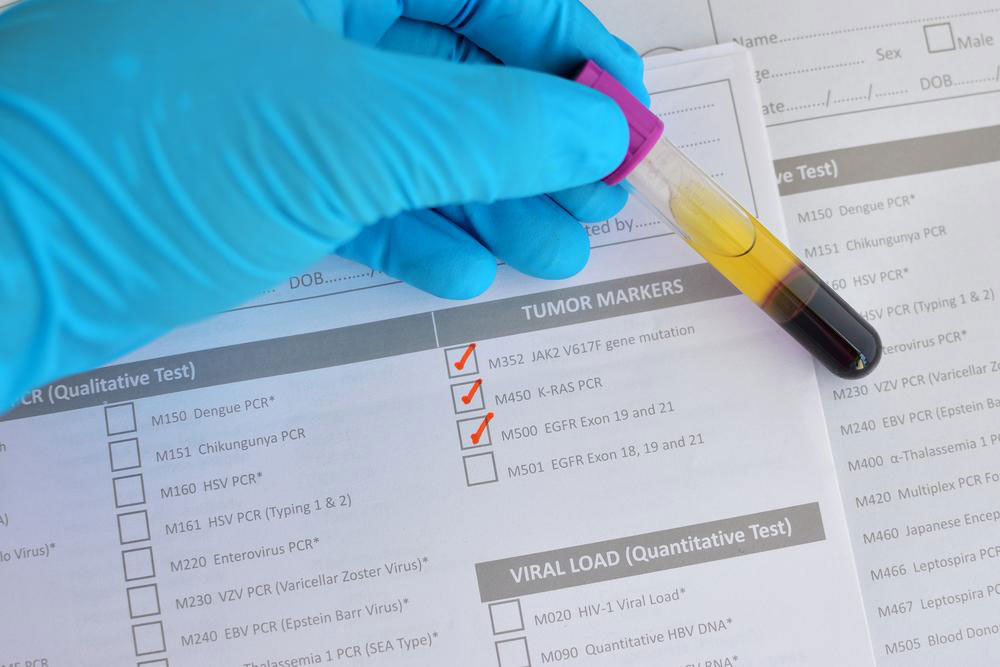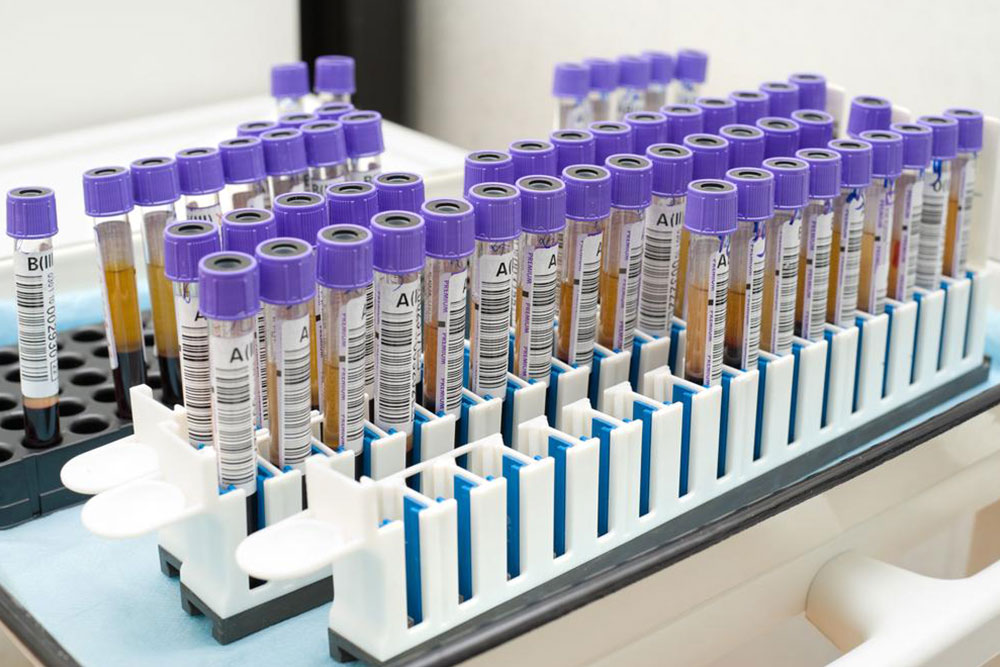Understanding Age-Dependent PSA Levels and Their Significance
This article explains the importance and limitations of age-specific PSA levels in prostate cancer detection. It highlights racial differences in PSA reference ranges, emphasizes the need for additional diagnostic methods, and discusses the benefits of early screening. Understanding these factors can improve prostate health management and early diagnosis strategies.

Understanding Age-Dependent PSA Levels and Their Significance
The age-specific prostate-specific antigen (PSA) chart is used to enhance early prostate cancer detection. However, its effectiveness remains debated within the medical community due to inconsistent results. While increased prostate size with age can influence PSA levels, many cases show normal PSA despite the presence of cancer, making this method controversial.
Impact of Ethnicity
PSA reference ranges can differ among races, affecting diagnosis accuracy. For example, PSA levels for men aged 40-49 vary across ethnic groups as follows:
Caucasians: 0–2.5 ng/mL
African Americans: 0–2.0 ng/mL
Asian Americans: 0–2.0 ng/mL
Similarly, ranges for older age brackets also vary.
Limitations of Age-Based PSA Testing
Age-specific PSA values alone are insufficient for definitive prostate cancer diagnosis. Some men with cancer have normal PSA levels. Additional tests, like biopsies and digital rectal exams, are essential. Factors such as infections, recent ejaculation, or physical activity can also elevate PSA levels, complicating diagnosis.
Advantages of Age-Specific PSA Screening
Despite limitations, age-specific PSA testing can aid early detection and ongoing monitoring of prostate health, especially when combined with other diagnostic methods.










